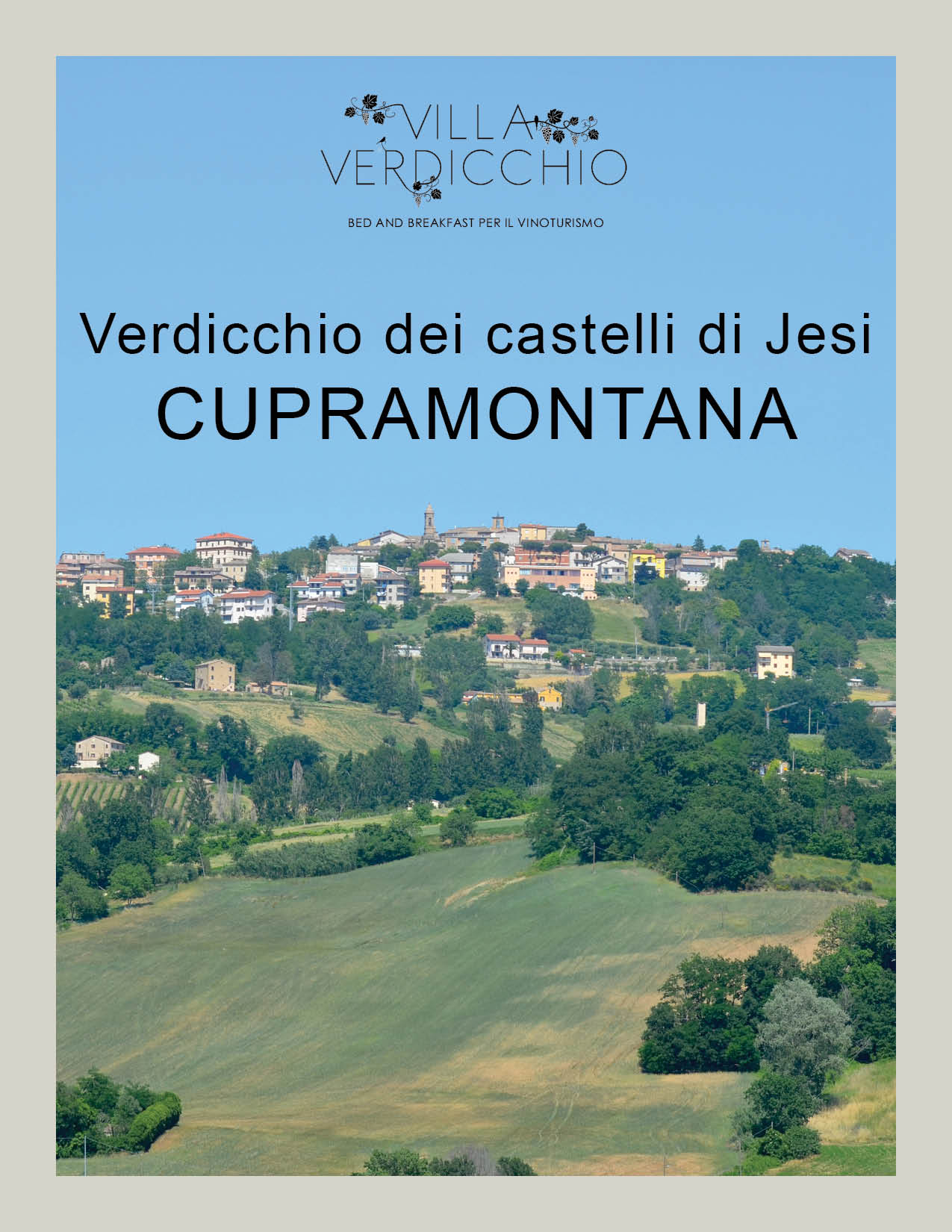Le Marche,
the most beautiful wine region in Italy
WHY IS LE MARCHE
THE MOST BEAUTIFUL WINE REGION IN ITALY?
RELATIVELY SMALL WINE REGION WITH ABOUT 700 WINERIES
Le Marche, the most beautiful wine region of Italy, you will get to know during your wine tour. You can visit more than 700 wineries in a region of about 1/3 of the surface of Belgium. (pictured here Vignamato in San Paolo di Jesi, near Cupramontana)
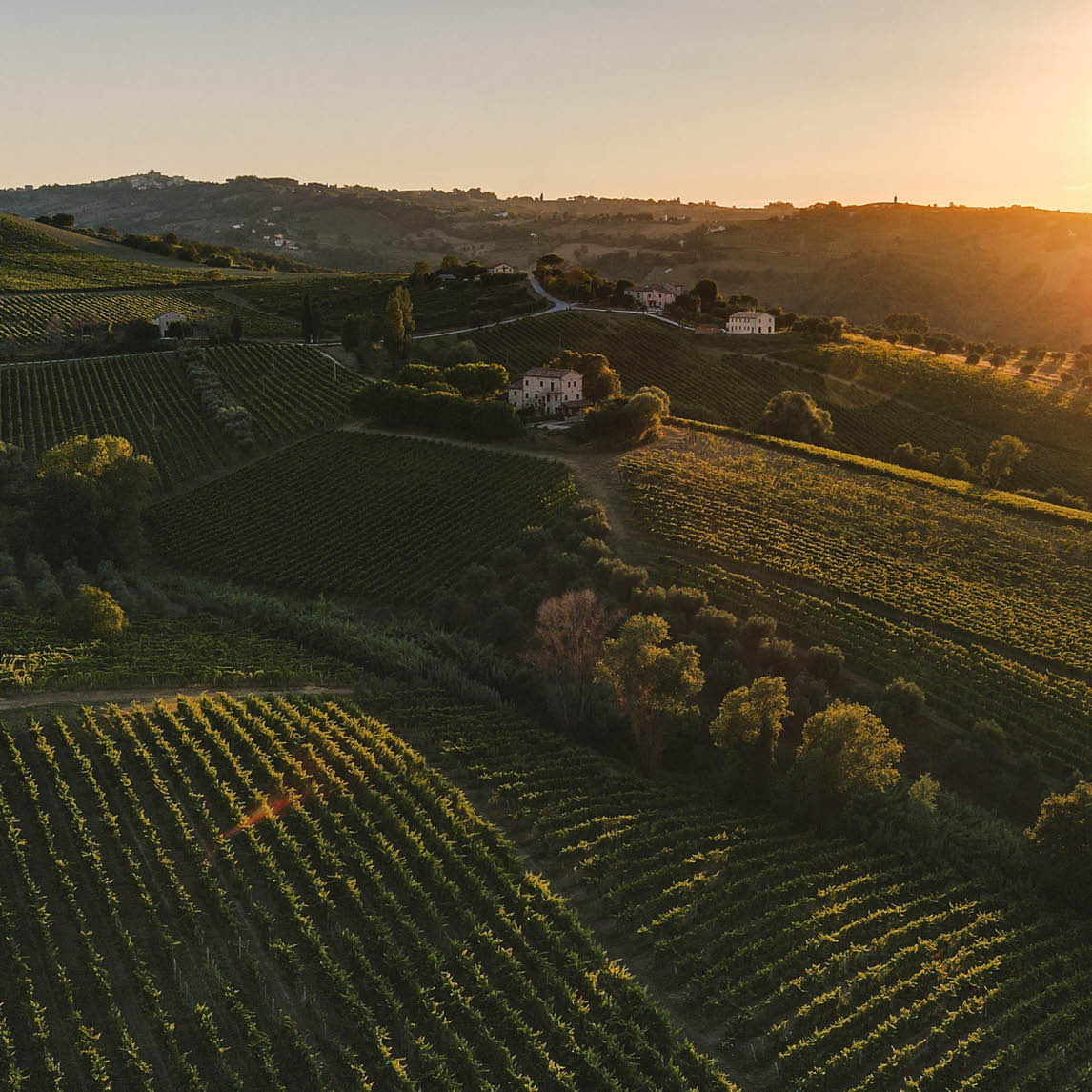
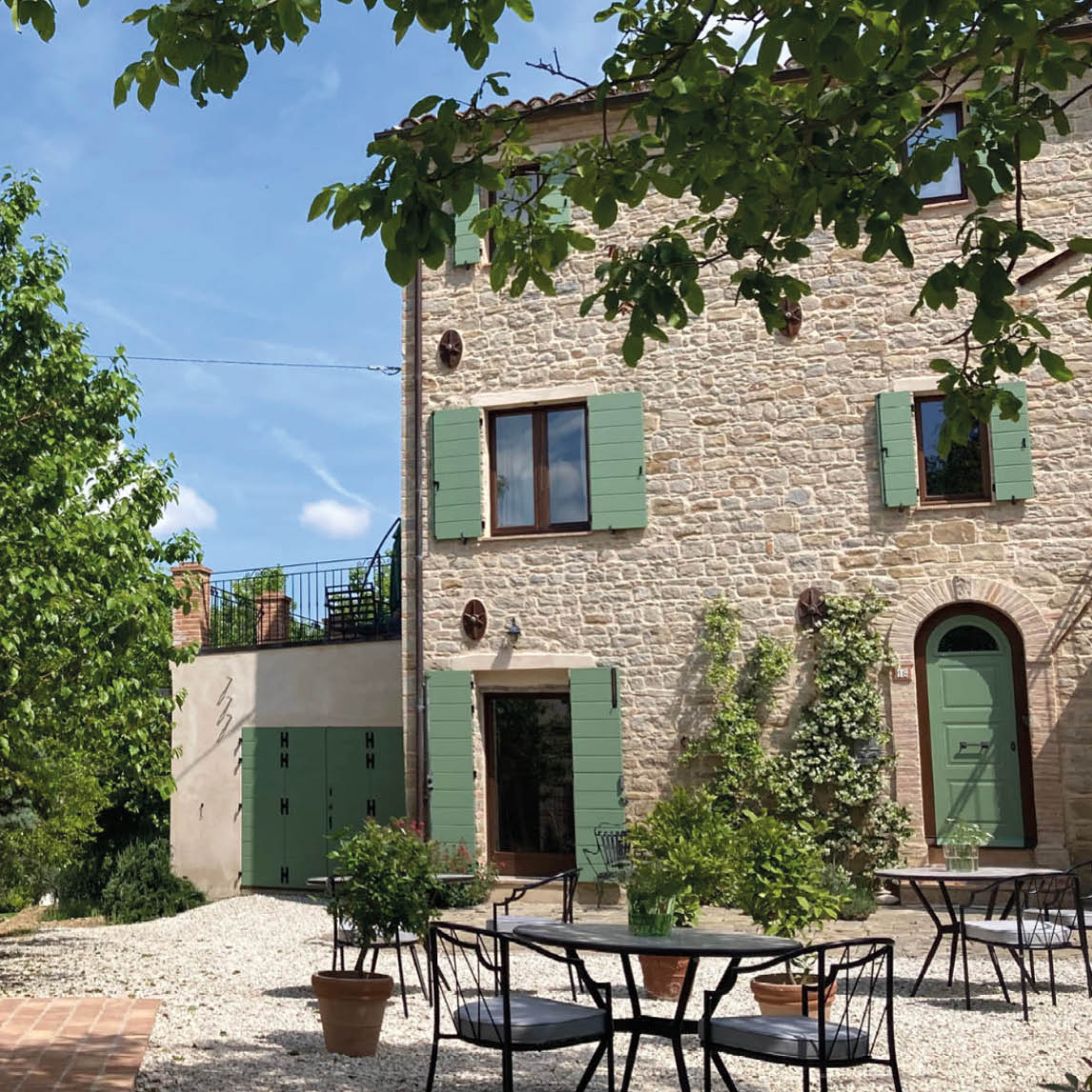
PERFECT TO EXPLORE FROM JUMP-OFF POINT CUPRAMONTANA
All regions are easily discovered from Cupramontana, the heart of the Verdicchio wine region, and in the meantime you can enjoy all the beauty that Le Marche has to offer. Stay in our B&B for winelovers.
WINE REGION IN A UNIQUE LANDSCAPE AND ENVIRONMENT
The patchwork of cornfields, sunflowers, olive groves and of course vineyards stretches over the rolling hills from mountains to sea. Combine your wine tasting with a trip to one of the beautiful villages of this wine region.
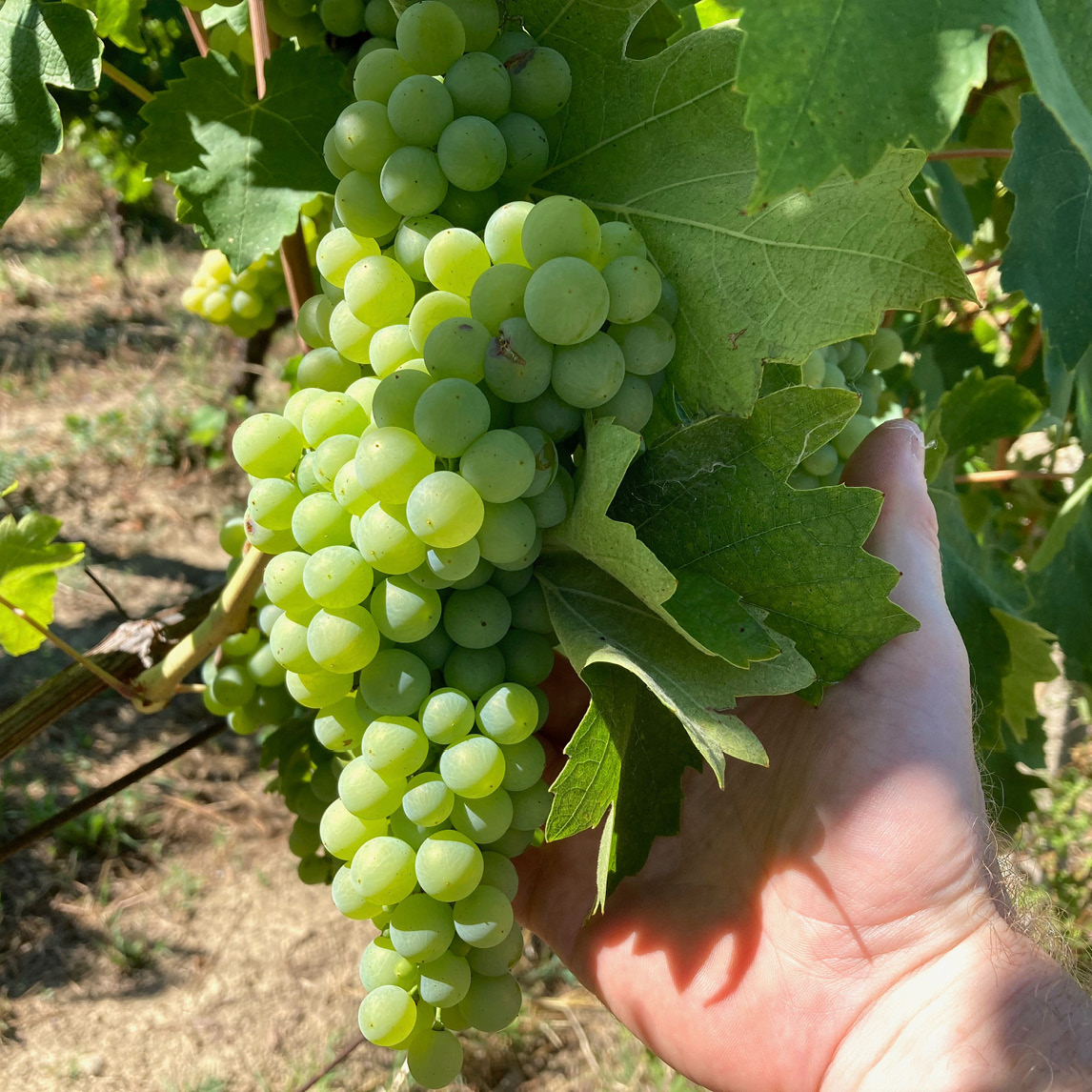
VERY DIFFERENT DOC AND DOCG AREAS
Lovers of both white and red wine will find what they are looking for in the Le Marche wine region. Have you heard of Verdicchio, Lacrima, Vernaccia, Bianchello, Pecorino or Passarina? No? Then you will find some wonderful discoveries here.
With 5 DOCG and 15 DOC appellations, there is something for everyone in the Le Marche wine region. But what exactly are the different DOC and DOCG wine regions? You can discover them on the map below.
D.O.C. (15)
3. Bianchello del Metauro.
4. Colli Maceratesi.
5. Colli Pesaresi.
6. Esino.
7. Falerio dei Colli Ascolani of Falerio.
8. Lacrima di Morro d’Alba.
9. Terre di Offida.
10. Rosso Conero.
11. Rosso Piceno of Piceno.
12. Verdicchio dei Castelli di Jesi.
13. Verdicchio di Matelica.
14. Serrapetrona.
15. I Terreni di Sanseverino.
16. Pergola.
17. San Ginesio.
D.O.C.G. (5)
1. Conero.
2. Vernaccia di Serrapetrona.
18. Castelli di Jesi Verdicchio Riserva.
19. Verdicchio di Matelica Riserva.
20. Offida.
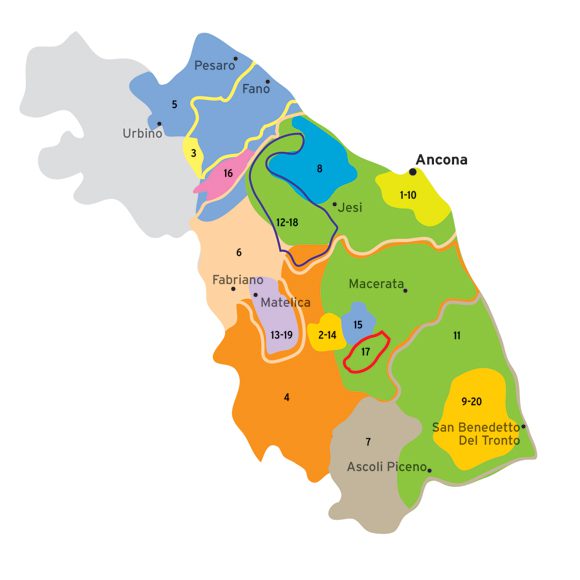
LOCATED BETWEEN MOUNTAINS AND SEA
The presence of the Apennines, the Adriatic Sea and the regional rivers influence the vineyards. The distance from the mountains to the sea is about 1 hour by car. Therefore, in a short time you can visit many different wine regions and discover what influence this special terroir has on the different wines.
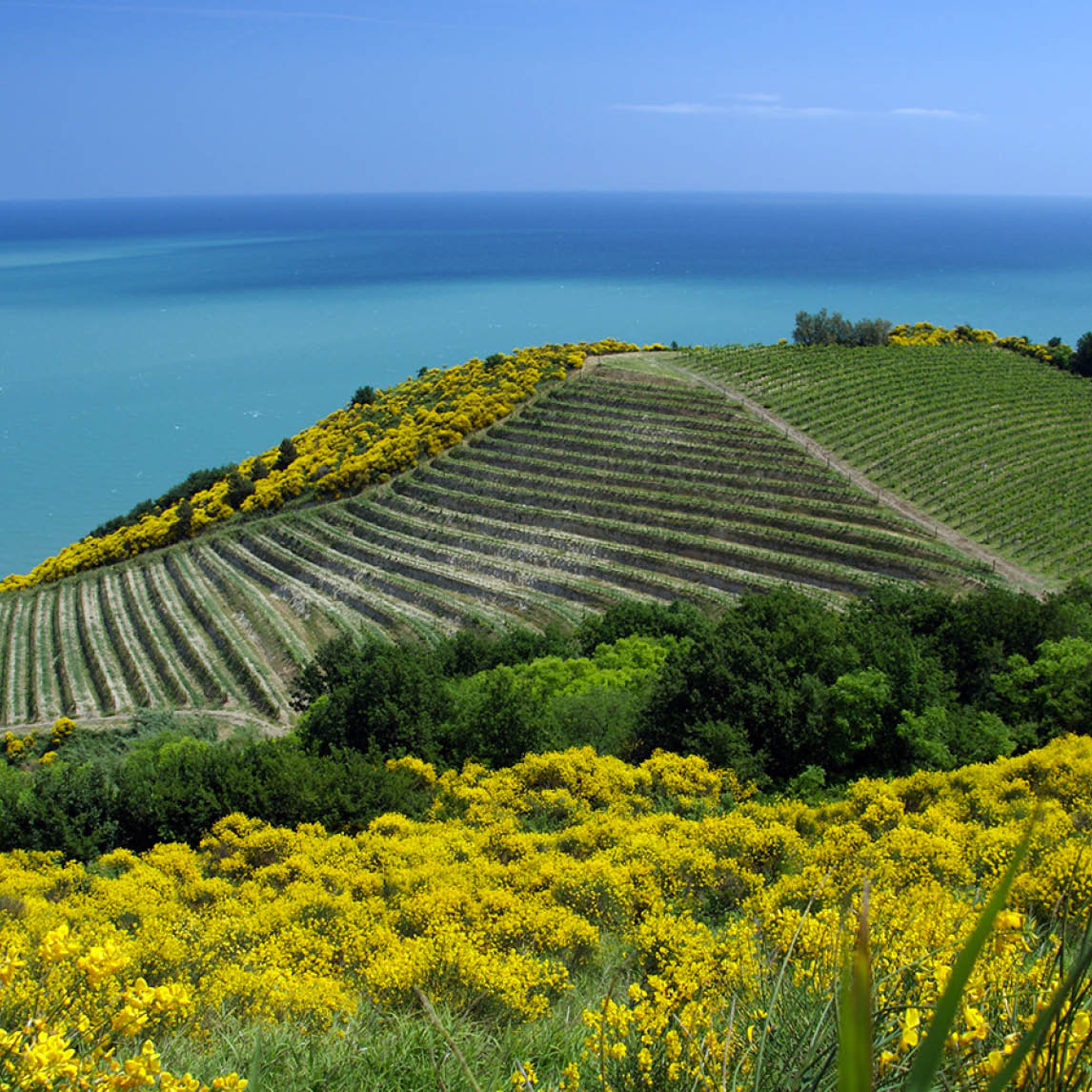
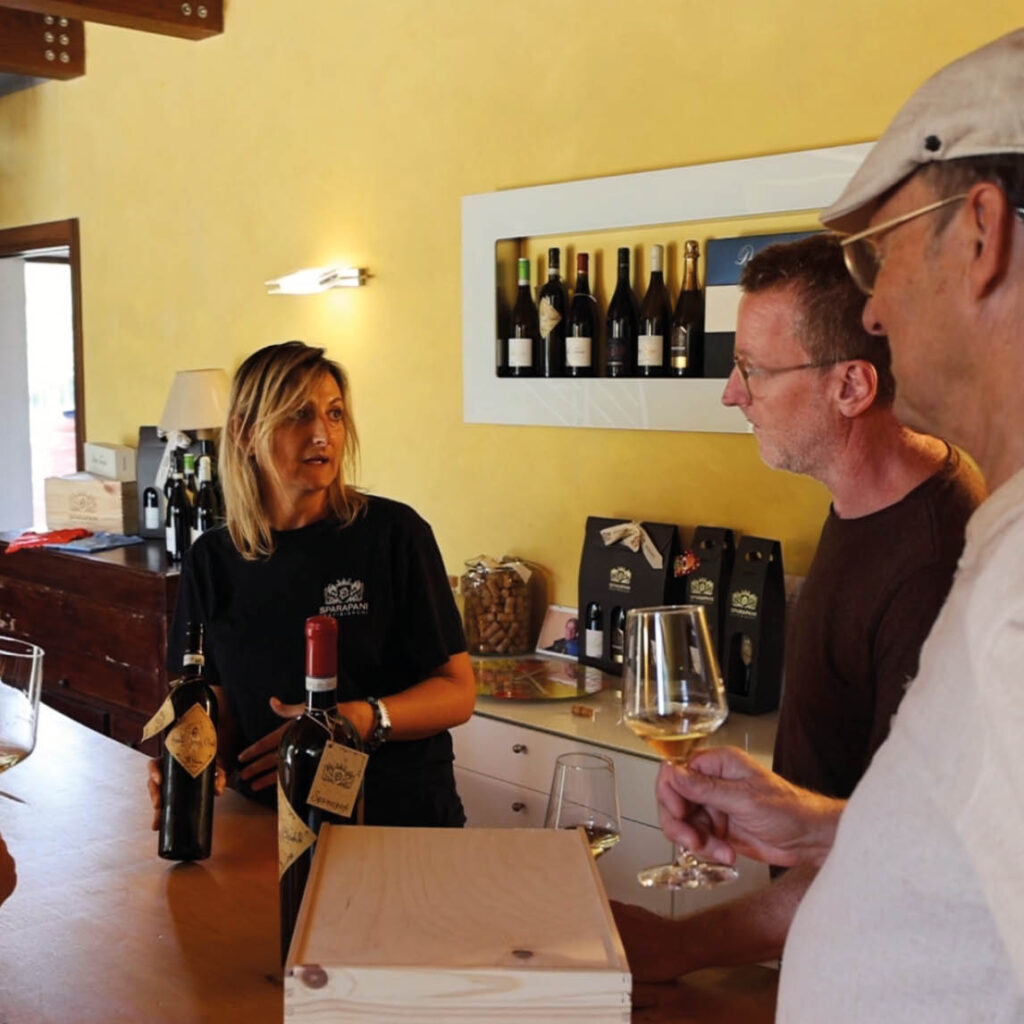
SMALL SCALE WINERIES,
MEET THE WINEGROWER
The wine producers often operate as family businesses that produce smaller, qualitative quantities. That means that there are many charming small-scale winemakers, but they are less visible and use lesser known grape varieties. So there is still a way to go for them, but also a lot to discover for the wine lover in this beautiful Italian wine region. We went to taste delicious wines at Cantina Sparapani in Cupramontana.
DOWNLOAD OUR
FREE WINE TRAVEL GUIDE
- E-book with 129 pages (preview copy here)
- Explanation DOC Castelli di Jesi
- Many wineries in the spotlight
- Best tips for a wine tour
- Nicest wineries
- Tastiest restaurants
- Specialization Castelli di Jesi
- Cupramontana wine region
WHAT DO THE WINE GUIDES SAY?
GAMBERO ROSSO 2025
The prestigious Italian wine guide ‘Gambero rosso 2025’ confirms the steady rise of this wine region. It mentions the great vitality of the “Verdicchio dei Castelli di Jesi”, the high average quality level of the “Verdicchio di Matelica” area, the continuous improvement of the “Pecorino del Piceno” and the positive development of “Morro d ‘Alba”.
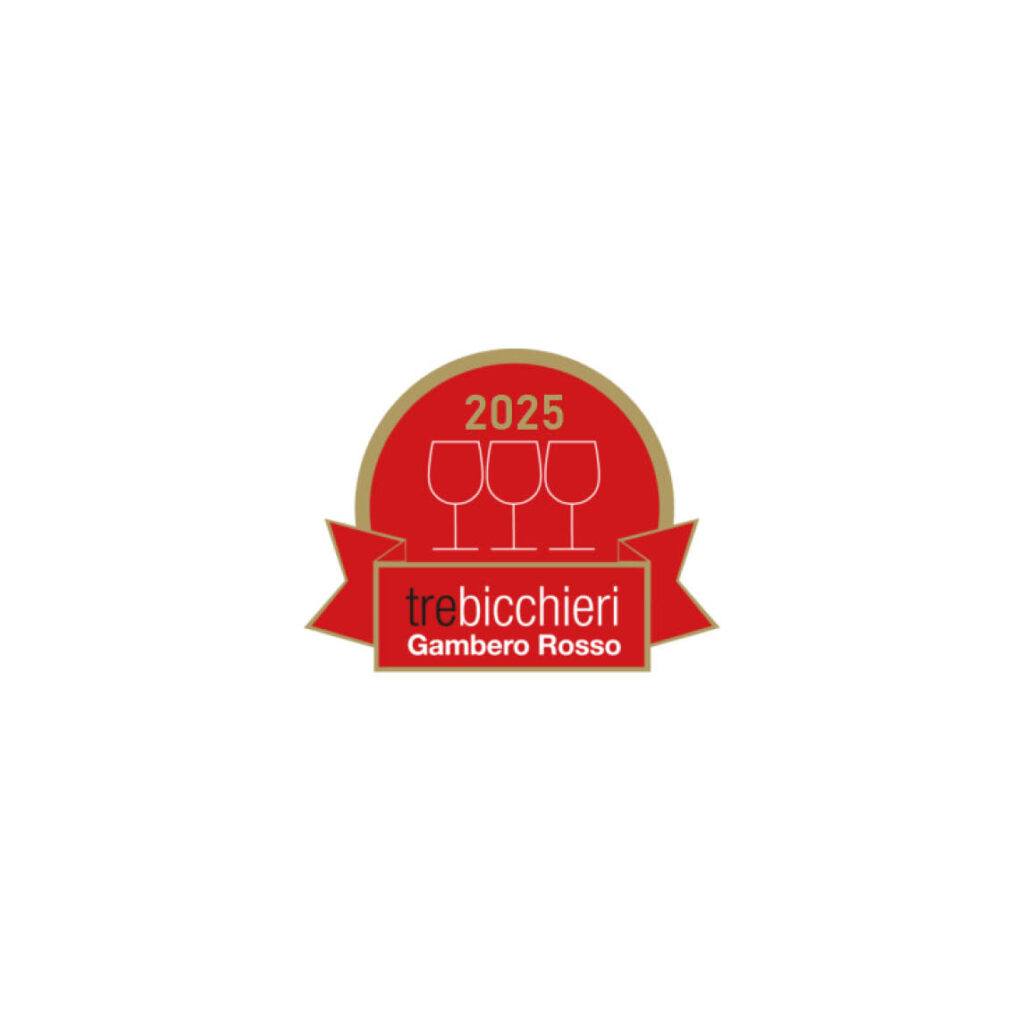
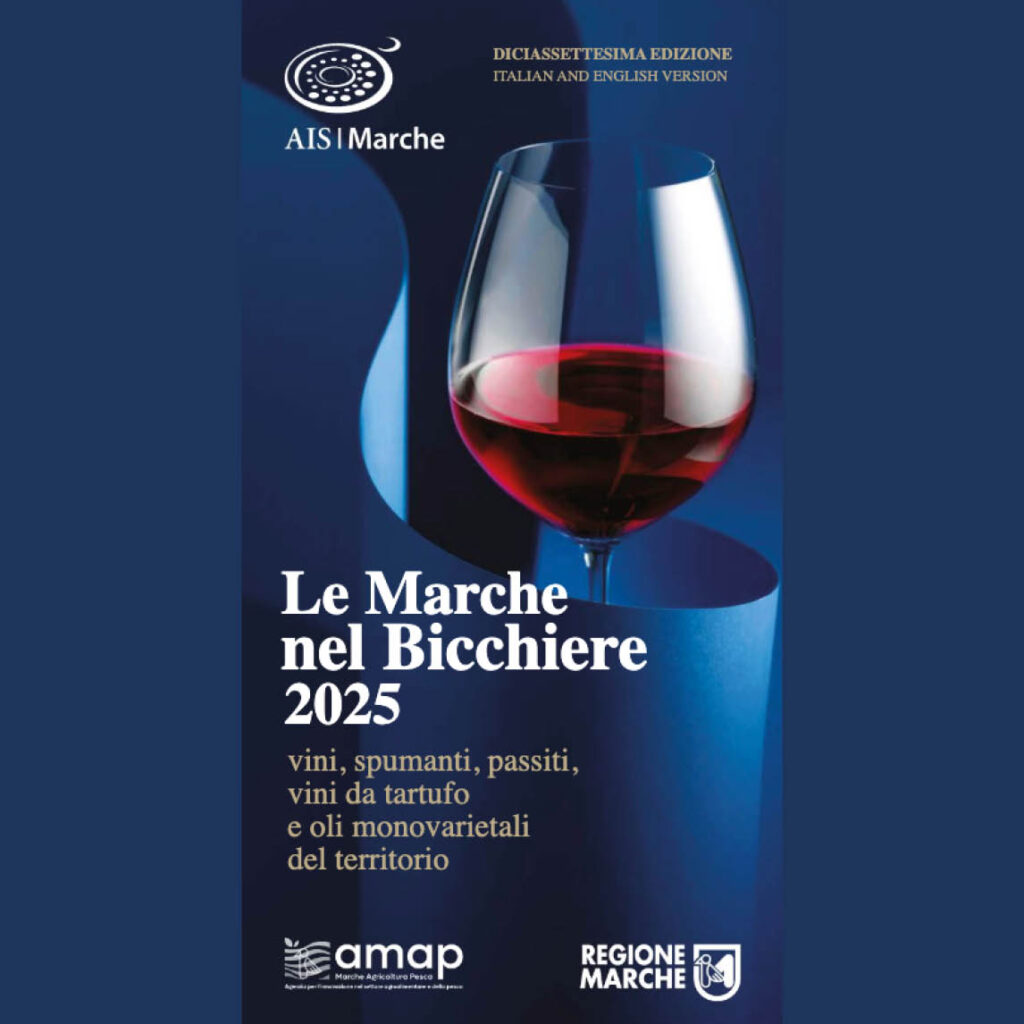
LE MARCHE NEL BICCHIERE 2025
In “Le Marche nel bicchiere 2025”, a wine guide published by the Italian Sommelier Association of Le Marche, Antonio Centocanti of the IMT (Istituro Marchigiano di Tutela Vini) and Giorgio Savini of Consorzio of Tutela Vini Piceni confirm that the majority of wine production in Le Marche is organic. Le Marche was avant-garde in this respect, having started producing organic wines as early as 1992. Operating according to these strict rules is not always easy, as no pesticides are used and the treatments that are used are not always effective. It requires competence, perseverance and sacrifices. But above all, growing organic wine is a philosophy, a way of thinking and a professional objective.
WHAT ARE THE LE MARCHE DOCG AND DOC WINE REGIONS?
DOC Verdicchio dei Castelli di Jesi
First of all, there is the DOC Verdicchio dei Castelli di Jesi, by far the most important appellation within the Marche, named after the town of Jesi. The white grapes for the ‘Verdicchio dei Castelli di Jesi’ DOC have been cultivated since Roman times in the rolling hills of the Esino valley in the provinces of Ancona and Macerata on a subsoil of limestone, clay and limestone. The beauty of this sublime grape variety is its constant elegance, which runs like a thread through all the wines, even when it comes to the fullest and most structured wines. Minerality, unctuous fruit and fresh acidity, it’s all there… The capital of this wine region is Cupramontana. Discover our 25 tips for Cupramontana
DOCG Castelli di Jesi Verdicchio Riserva
The DOCG Castelli di Jesi Verdicchio Riserva, is the riserva category of the DOC Verdicchio dei Castelli di Jesi, promoted in 2010. This superior category represents only a very small fraction (around 4%) of the DOC group. The DOCG appellation prescribes a minimum of 85% Verdicchio in the wine, and riserva wines must be aged for at least 18 months – of which at least 6 months in the bottle – before being released onto the market.
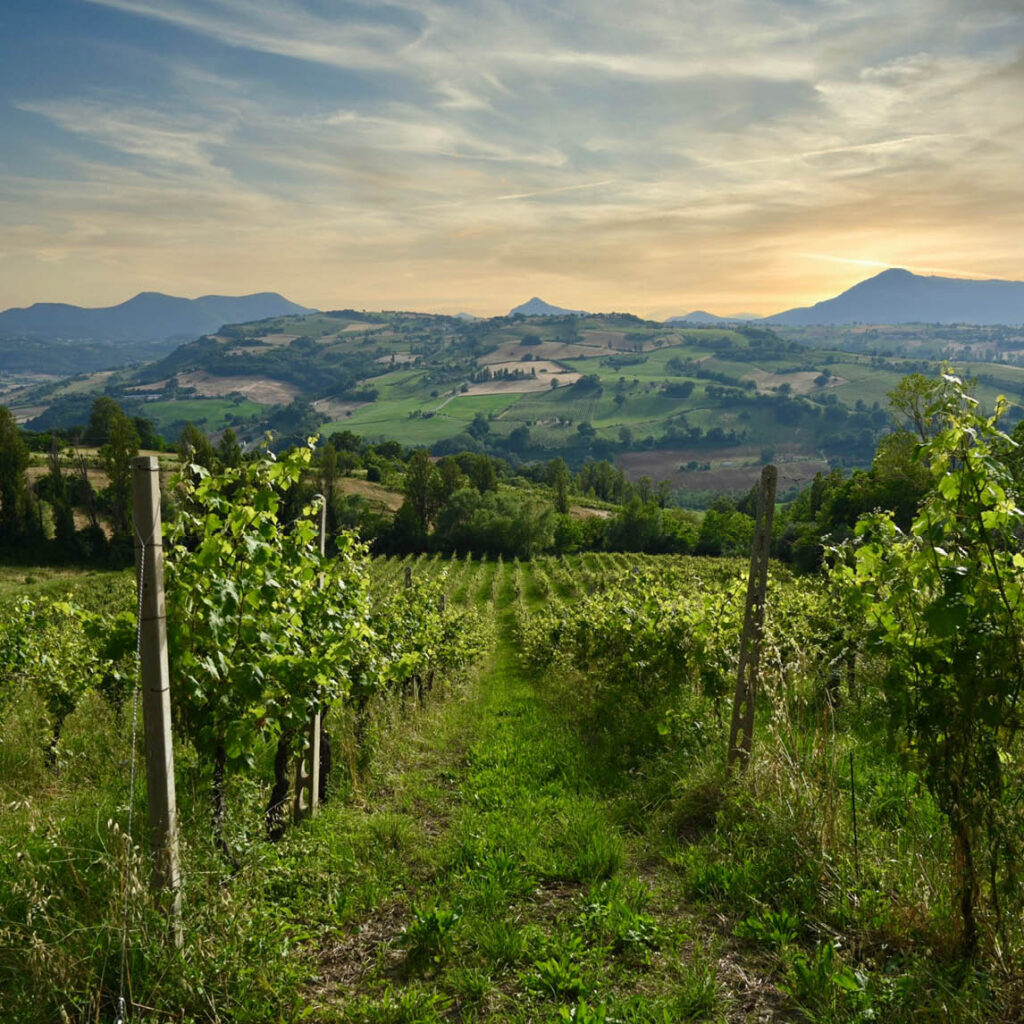
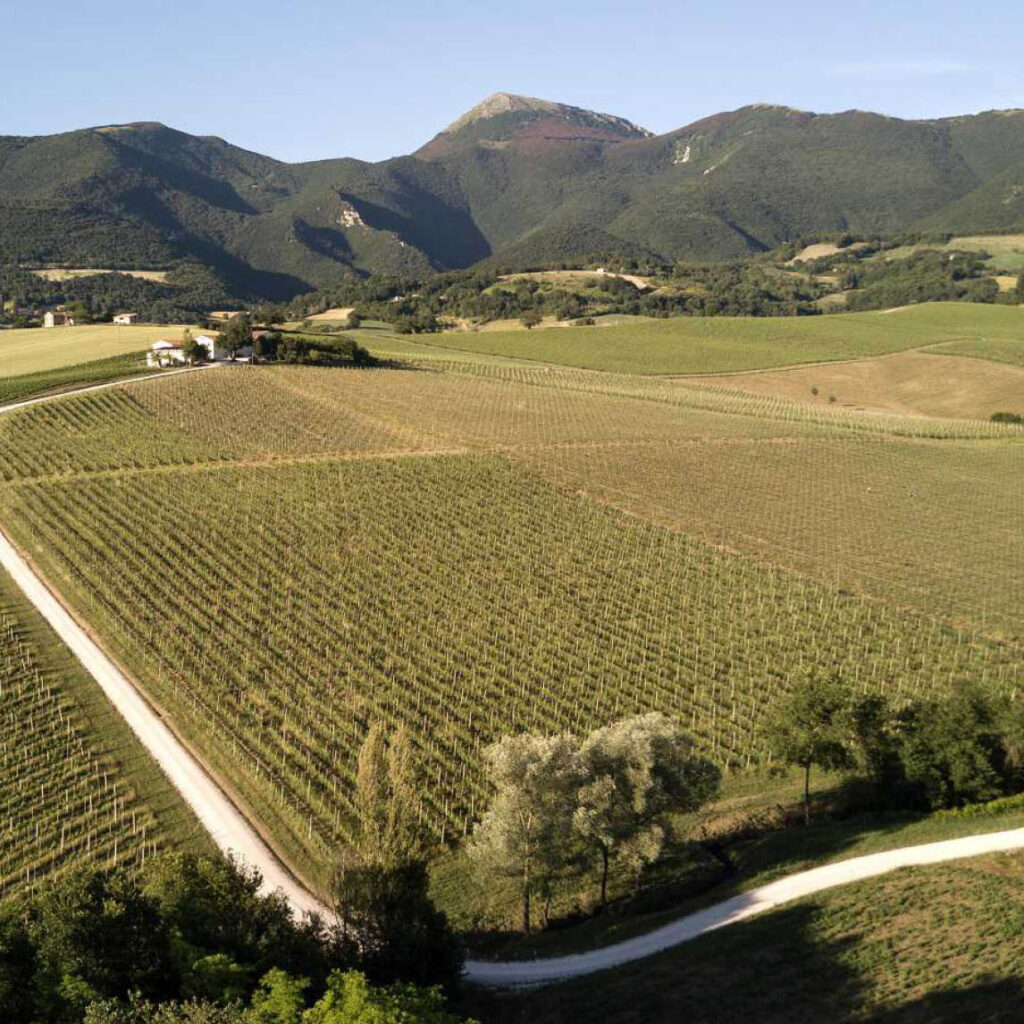
DOC Verdicchio di Matelica
Then there is the DOC Verdicchio di Matelica, an appellation in the southwest of the Marche since 1967. Verdicchio di Matelica has been grown since time immemorial in the Esino valley, in the hills of Macerata near Matelica and up to the municipality of Fabriano, in the province of Ancona.
It is, as it were, the counterpart of DOC Verdicchio dei Castelli di Jesi. Matelica is located further inland than Jesi and above all much higher, on a valley plateau on the flanks of the Apennines. A wine that is produced in the hills, but is influenced by the sea, since in prehistoric times the sea reached all the way here.
The amount of mineral salts in the soil makes the terroir unique and gives a special taste to the wines that makes it unique and recognizable. Verdicchio usually ripens much more slowly in Matelica, and is even harvested at least ten days later than in Jesi.
The result of all these differences is a wine with more structure and minerality than the Verdicchio dei Castelli di Jesi.
DOCG Verdicchio di Matelica riserva
Since 2010, the DOC Verdicchio di Matelica has been promoted to a DOCG Verdicchio di Matelica riserva category. Here too, as with the Verdicchio dei Castelli di Jesi, we see that, in addition to the regular Matelica verdicchios, sparkling wine or sweet passito wine may be vinified, while this is not permitted within the DOCG. Furthermore, the riserva must mature for at least 18 months before being commercialized. (pictured here: Cantina Belisario)
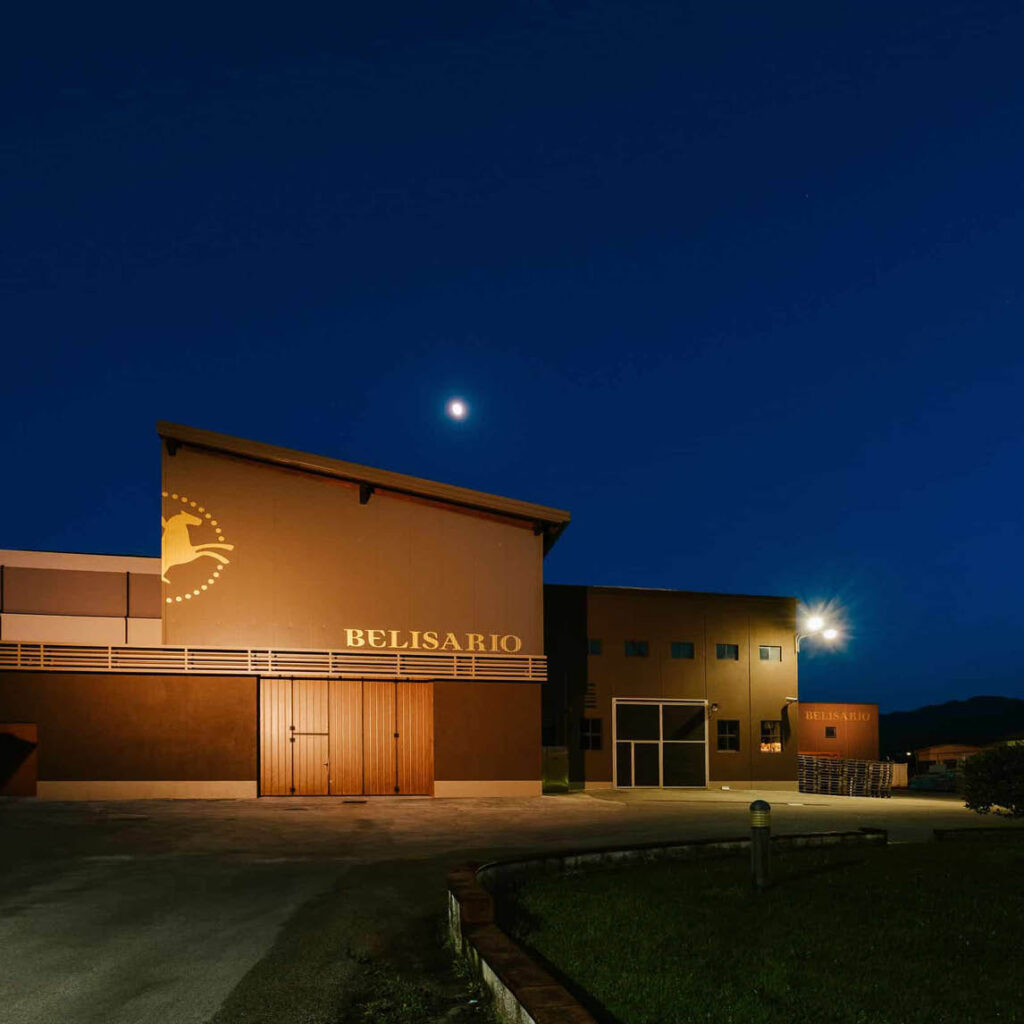
OUR TIPS FOR YOUR MOST BEAUTIFUL WINE TOUR IN ITALY DISCOVER OUR 129-PAGE WINE TOUR MAGAZINE
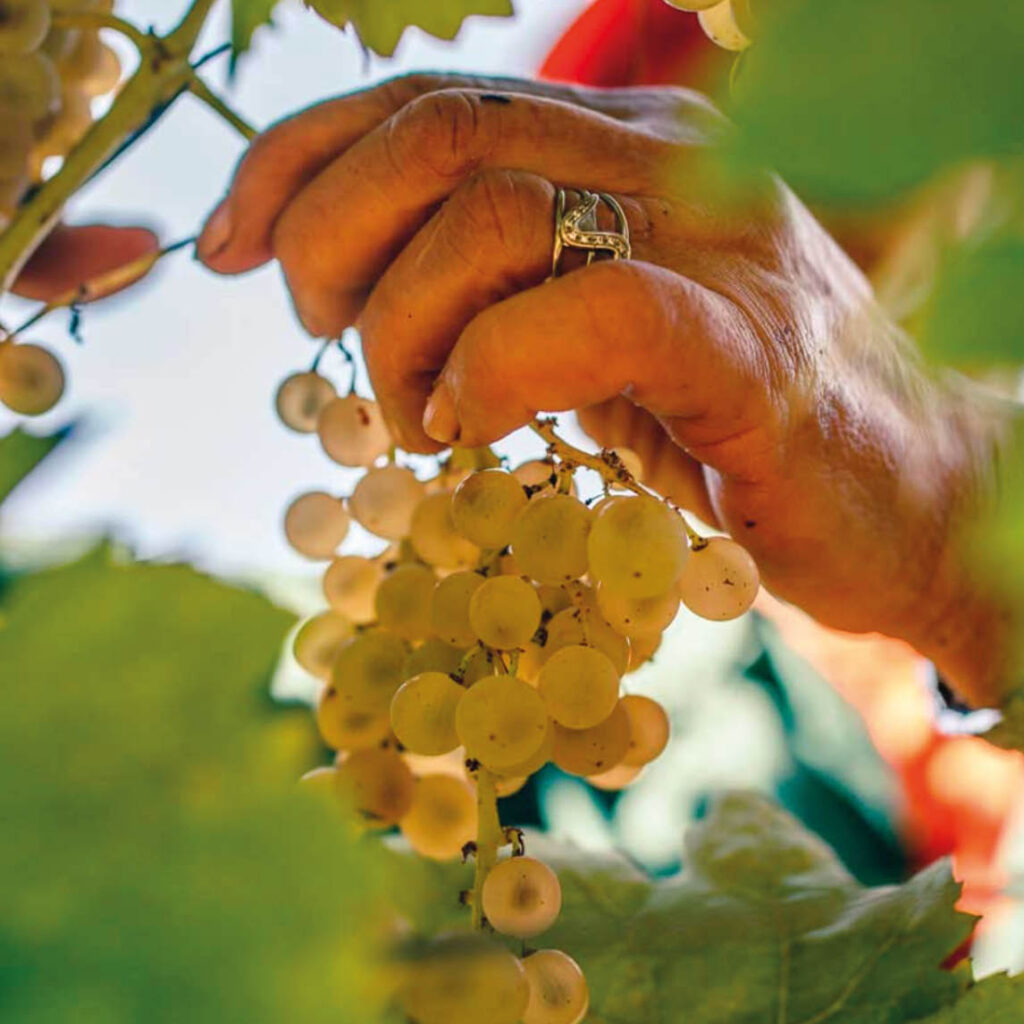
Bianchello del Metauro DOC and some other DOC regions
Thirdly, we find the second great white wine of the reigo, the Bianchello del Metauro DOC. This is pressed from the rare Bianchello grape variety that originates in the province of Pesaro Urbino. The wine has a light pale yellow color, a strong peach aroma and a lot of freshness. Then there is the Colli Pesaresi DOC from imported white Trebbiano-Tuscany grapes and a red wine from Sangiovese. The Pergola DOC benefits from the muscat aroma of the imported aleatico grape. From the hills around Macerata come the fresh white wines called Colli Maceratesi DOC. A bouquet that is reminiscent of the Verdicchio, because the maceratino grape already originated from the verdicchio grape in ancient times. The red wine of this appallation and the San Ginesio DOC consist of 50% Sangiovese grape.
DOC Terre di Offida
DOC Terre di Offida was created as an appellation of DOC Offida (established in 2001). Within the white wines, Pecorino and Passerina were the only two main grapes allowed. Since 2011, only Passerina may be used as the main grape (minimum 85%), but may also be used in passito, Vin Santo or spumante versions.
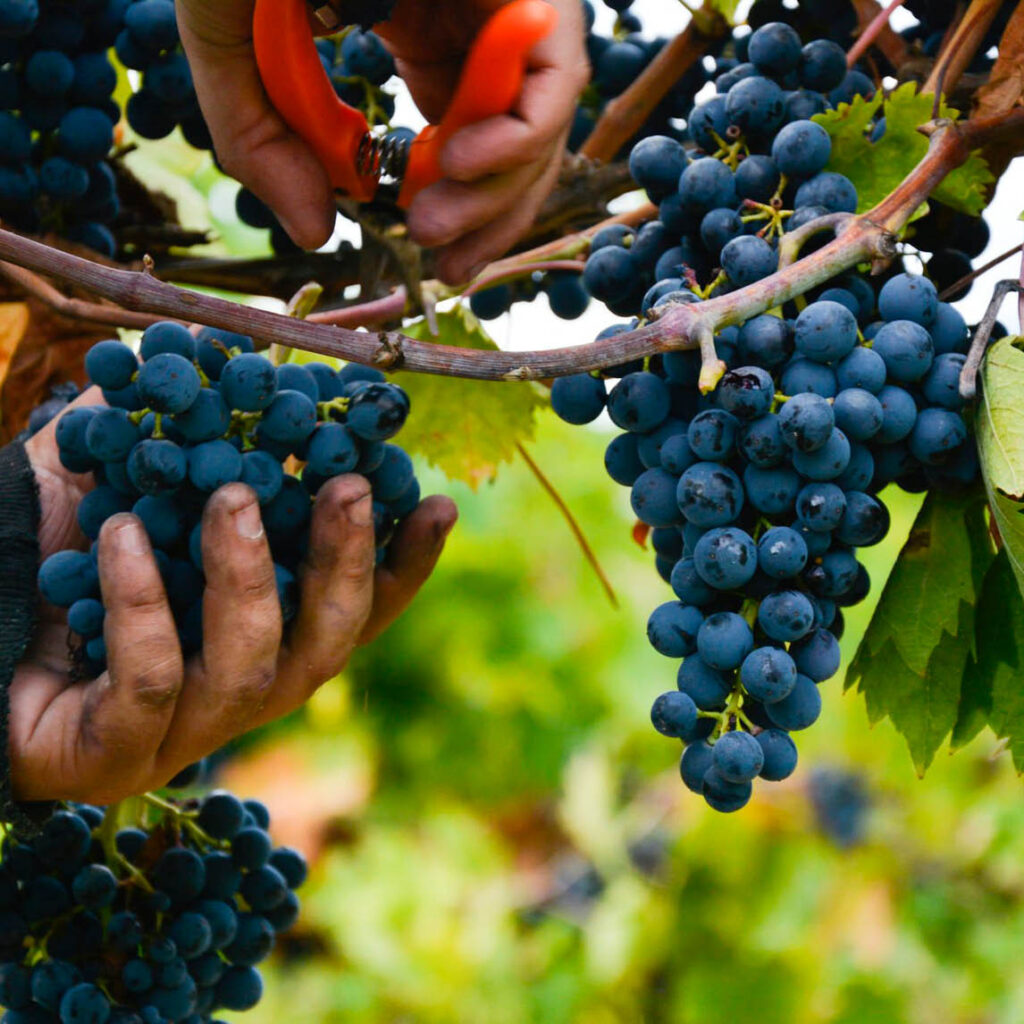
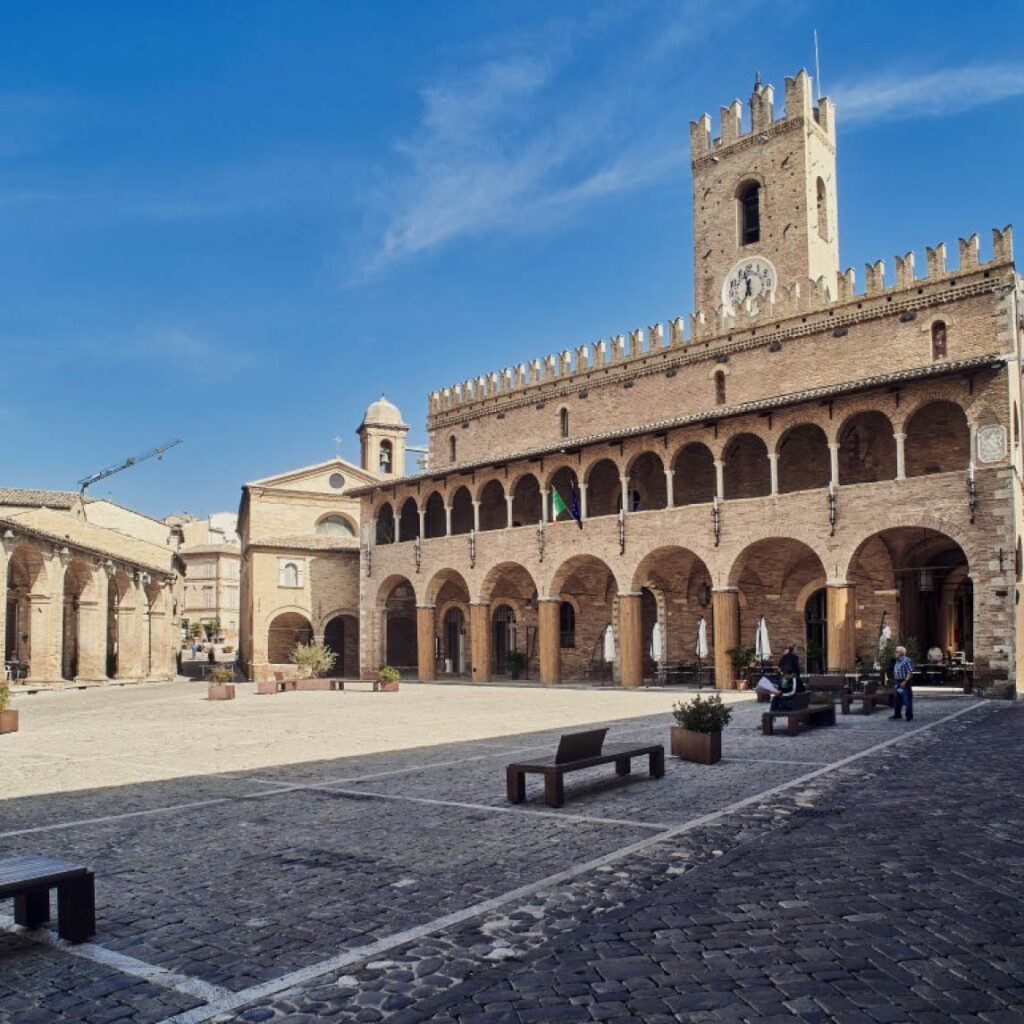
DOCG Offida
DOCG Offida is a recent top appellation that has been created since 2011 from the DOC Offida. This DOCG takes its name from the town of Offida, a Stone Age settlement in the heart of the Piceno civilization. The DOCG has largely adopted the prescriptions of this ancient DOC and includes three types of wine: Rosso Offida, Offida Passerina and Pecorino Offida
Falerio dei Colli Ascolani DOC
The Falerio dei Colli Ascolani DOC also uses Pecorino and Passerina grapes in a blend with Trebbiano-Tuscany grapes or a wine based on (pure) Pecorino. These rare grapes have recently produced excellent wines with sour and bitter fruit notes.
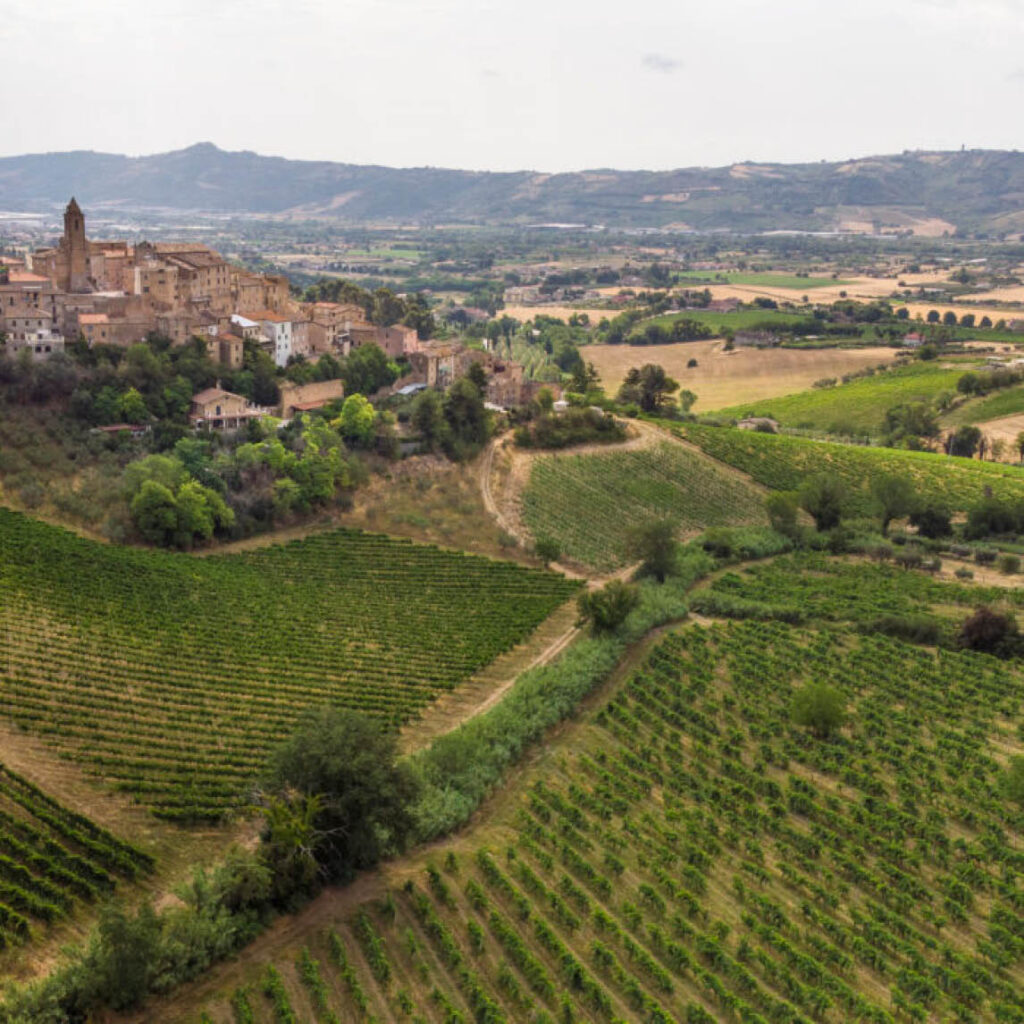
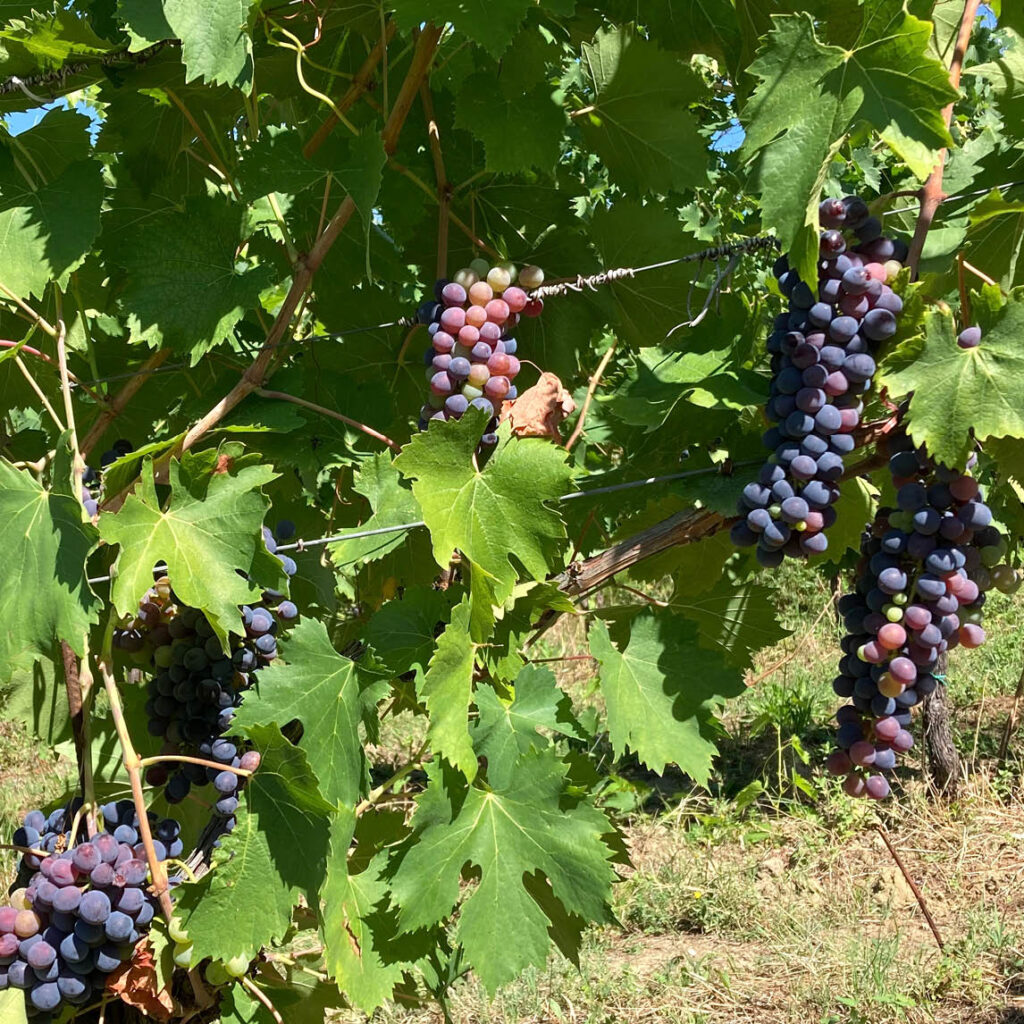
Rosso Piceno DOC
The vineyards of Rosso Piceno DOC, which extend over several municipalities in the provinces of Ancona, Macerata and Ascoli Piceno, are mainly located in the higher hills at 700 meters. This Picenum wine already had a solid reputation in Roman civilization.
In the grape blend of Rosso Piceno, the local Montepulciano grape (35 – 82%) is used first and foremost, as well as the Sangiovese grape (15-50%)
Rosso Conero DOC and Conero DOCG
An important appellation of Le Marche is the Rosso Conero DOC, made from Montepulciano grapes and recognized as DOC in 1967. Rosso Conero comes from a special terroir, around and especially south of the coastal town of Ancona. Directly below Ancon, the Monte Conero rises high from the sea, to almost 600 meters. The vineyards are located on the slopes of this mountain, so usually at some height. This is the ideal place to let the local Montepulciano mature. It is a wine of old traditions, made from Montepulciano grapes plus a maximum of 15% Sangiovese. The best Rosso Conero is a firm, full-bodied wine with a bouquet of black cherries and Mediterranean herbs.
Since 2004, the Riserva version has been given a separate DOCG status, the Conero DOCG. You will find these vineyards near the azure beaches, such as here at the beach in Portonovo.

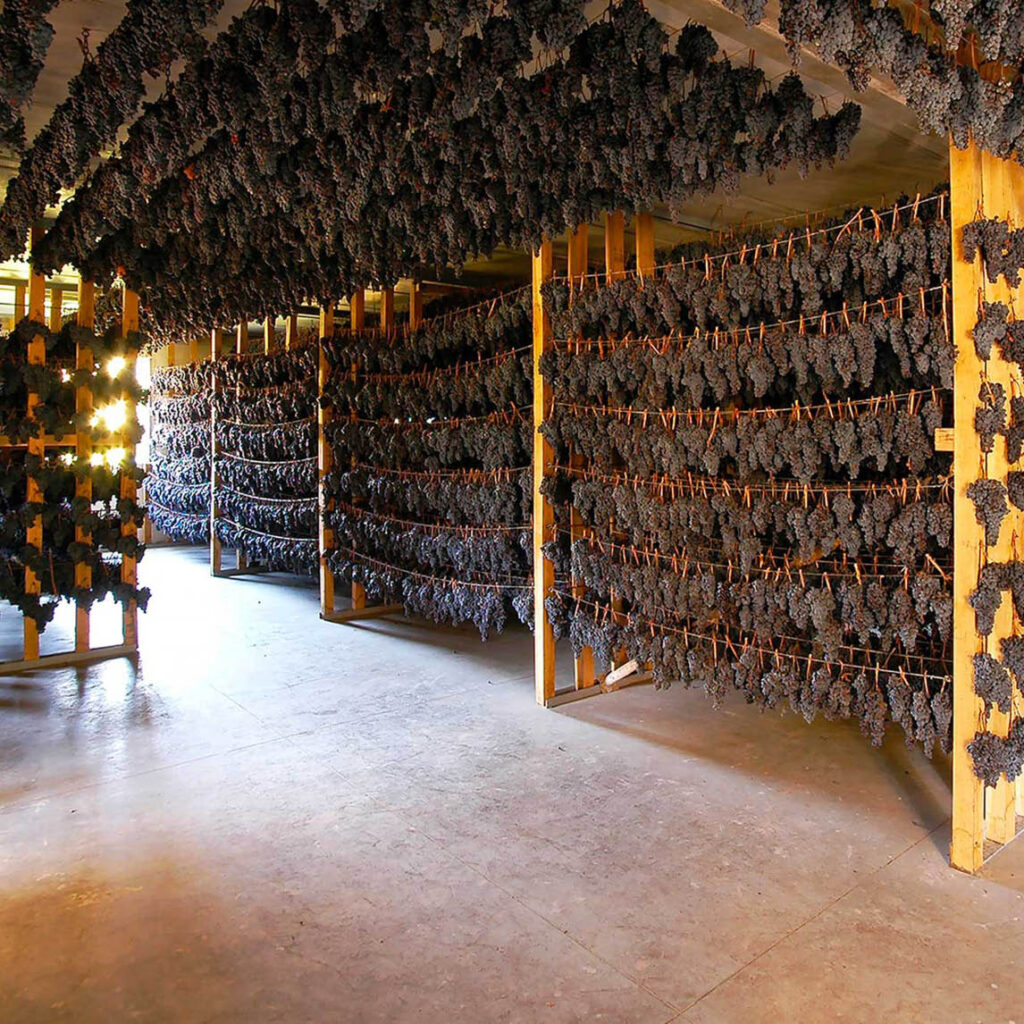
Vernaccia di Serrapetrona DOC & DOCG
DOC Vernaccia di Serrapetrona is an appellation from 1971 that was promoted to Vernachia di Serrapetrona DOCG in 2004. The appellation only produces red sparkling wine from the Vernaccia Nera grape (Grenache). These grapes are partially (at least 40%) dried during the winter months. This wine undergoes 3 fermentations before bottling. The first is done with the must, the second after adding the must from the dried grapes and the third in the autoclave. This is a relatively small appellation with a small number of producers despite the fact that this area around Serrapetrona has been making wine since the Middle Ages.
Lacrima di Morro d’Alba DOC
Finally, we find the Lacrima di Morro d’Alba DOC with the Lacrima grape that only occurs in the Marche region around the town of Morro d’Alba. The name lacrima means tear, because of the drops that form on the grapes when they ripen. Special is the second fermentation that the wine sometimes undergoes by adding a percentage of must from grapes dried on the vine (passito).
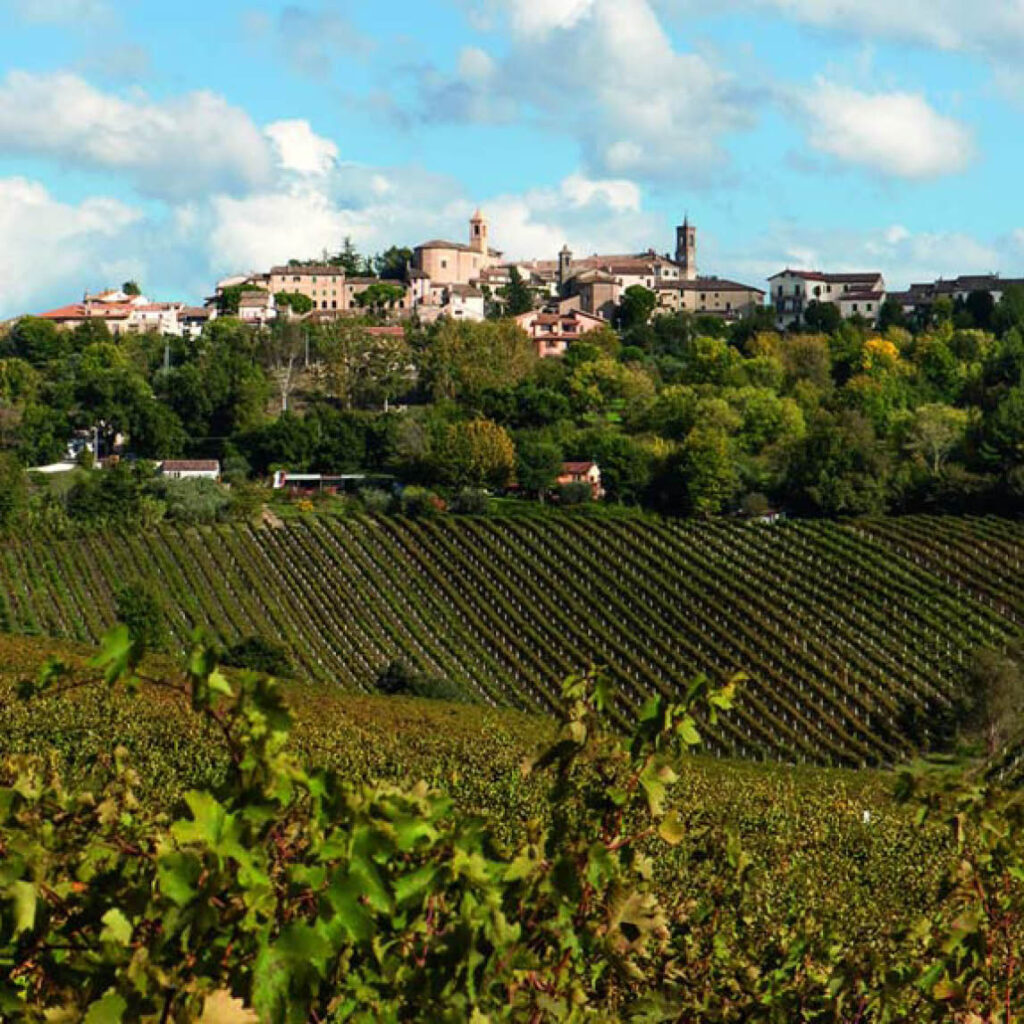
The Marche, a wine region in Italy to discover
STAYING IN A B&B FOR WINELOVERS
All regions are easily discoverable from our B&B for winelover, Villa Verdicchio. Enjoy the peace and our hospitality in the middle of the Verdicchio vineyards.
Bronvermeldingen:
www.amicodelvino.nl, www.vintology.be, www.licata.be, www.gamberorosso.it, Wijnguide ‘Le Marche nel Bicchiere 2023’, Associazione Italiana Sommelier Marche, ‘Ontdek Marche’,uitgeverij anwb (2017), www.artevino.be, www.italianowine.com, www.wijnimportbart.nl

